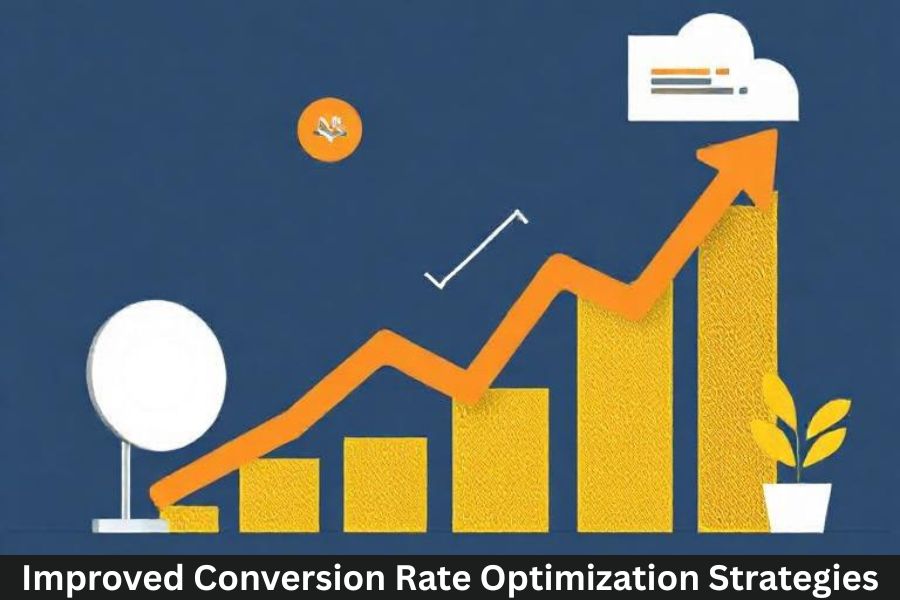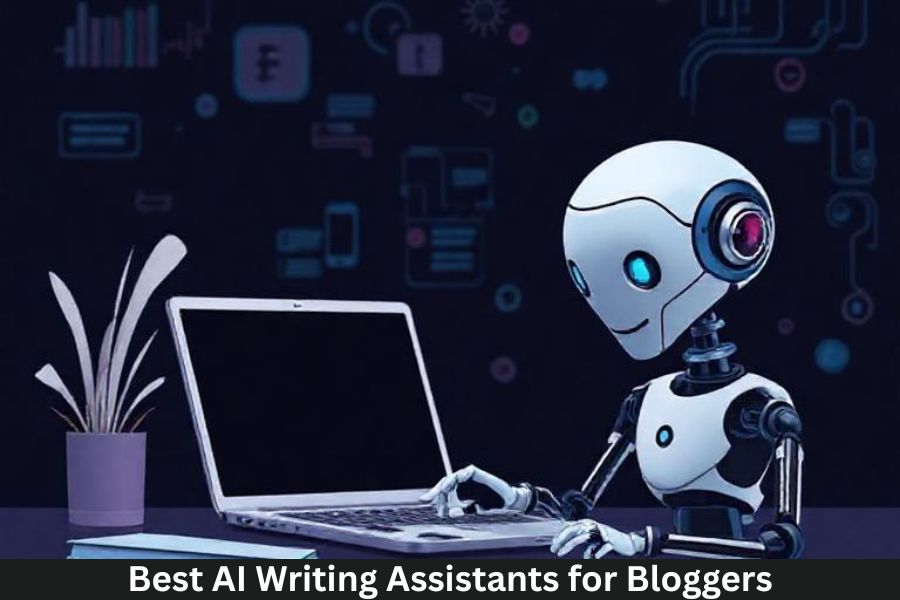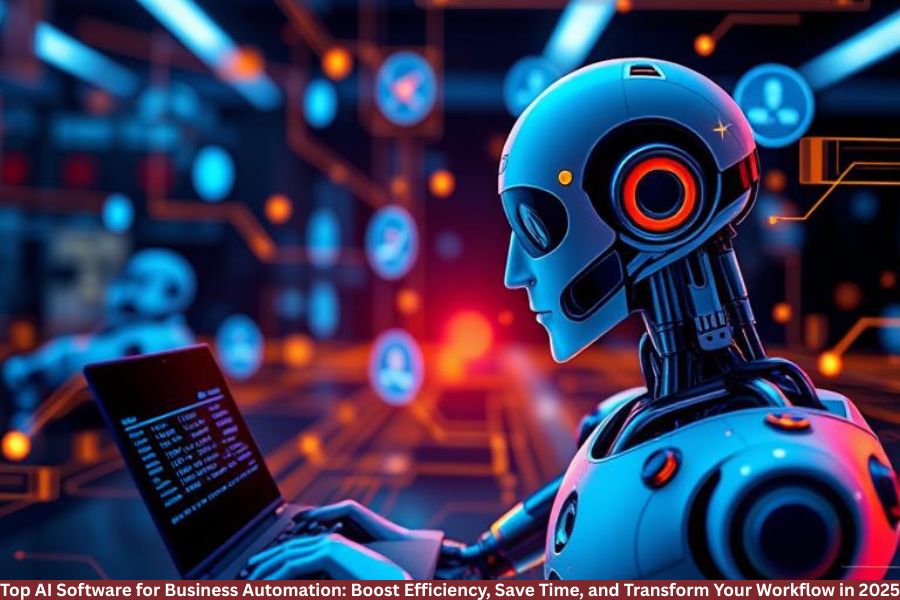Artificial Intelligence (AI) is no longer a futuristic dream—it’s already reshaping how we live, work, and most importantly, how we learn. In the education sector, AI has emerged as a game changer, revolutionizing everything from classroom management to personalized learning. But what exactly is the impact of AI on the education system, and how does it shape the future of students and educators alike?
What Is the Impact of AI on Education?
AI is redefining the way we teach and learn. Its integration into education has transformed the traditional classroom model into a more dynamic, data-driven, and personalized experience. With AI, educators can tailor lessons to suit each student’s unique needs, while students gain access to smarter tools that enhance understanding and engagement.
For example, AI can analyze a student’s performance patterns and suggest specific learning materials. It bridges gaps between students’ capabilities, making education more inclusive and effective.
The Evolution of Education Through AI
The education system has evolved dramatically—from chalkboards to smartboards, and now, AI-powered platforms.
Traditional education often follows a one-size-fits-all model, but AI introduces personalized learning, ensuring every student progresses at their own pace. Whether through virtual assistants or adaptive testing, AI is making learning more efficient and customized.
5 Positive Impacts of AI in Education
1. Enhanced Personalization
AI systems can adapt to individual learning speeds, preferences, and styles. This ensures every student gets the attention and support they need.
2. Time-Saving Automation
Grading papers, managing attendance, and scheduling can now be automated, freeing teachers to focus more on mentoring and creativity.
3. Improved Accessibility
Students with disabilities benefit immensely from AI-driven tools like text-to-speech software and adaptive keyboards, ensuring equal learning opportunities.
4. Smart Data Analysis
AI collects and analyzes vast amounts of educational data to identify trends, predict outcomes, and improve teaching strategies.
5. Global Learning Opportunities
AI enables access to world-class education through online courses and virtual classrooms, connecting learners globally.
The Role of AI in Education in the USA
In the United States, AI is rapidly transforming the education landscape. Schools and universities use AI for smart grading systems, automated scheduling, and personalized tutoring.
Platforms like Coursera and Khan Academy employ AI algorithms to recommend courses and monitor progress. AI also helps in identifying at-risk students and providing timely support.
Furthermore, U.S. universities are leveraging AI to streamline administrative tasks and enhance research capabilities. It’s not just about teaching—it’s about improving the entire educational ecosystem.
The Main Advantage of Using AI in Education
The primary advantage of using AI in education lies in personalized and adaptive learning. Each student learns differently, and AI ensures no one is left behind.
With AI, students can receive real-time feedback, while teachers gain insights into learning gaps and can modify lessons accordingly.
7 Types of AI in Education
Understanding the types of AI helps clarify how each contributes to education:
- Reactive Machines – Basic AI systems that perform specific tasks without memory (e.g., simple chatbot systems).
- Limited Memory AI – Learns from past data to make better decisions (used in adaptive learning tools).
- Theory of Mind AI – Aims to understand human emotions and social interactions (still under development).
- Self-Aware AI – Hypothetical AI that possesses consciousness (not yet achieved).
- Artificial Narrow Intelligence (ANI) – Specialized in one task, like grading or tutoring.
- Artificial General Intelligence (AGI) – Can perform multiple tasks like a human brain (a future goal).
- Artificial Superintelligence (ASI) – Surpasses human intelligence in every field (still theoretical).
How AI Enhances Student Engagement
AI uses gamification, interactive simulations, and immersive learning environments to keep students engaged. Platforms like Duolingo and Quizizz use AI to create personalized challenges that make learning fun and addictive.
AI in Assessments and Evaluation
AI-driven grading tools can evaluate essays, quizzes, and even coding assignments instantly. This not only saves time but ensures fair and unbiased grading.
Teachers can then focus on creative and critical thinking aspects of education rather than repetitive tasks.
AI-Powered Virtual Tutors and Chatbots
AI chatbots act as 24/7 virtual tutors, helping students with instant answers to their queries. Tools like ChatGPT and Squirrel AI offer real-time assistance and customized explanations, especially beneficial for remote learners.
AI and Inclusive Education
AI is breaking barriers for differently-abled learners. Speech recognition, visual assistance, and automatic translations make education accessible to all, regardless of language or ability.
Challenges of Implementing AI in Education
Despite its benefits, AI in education comes with challenges such as:
- Data privacy concerns due to student data collection
- High implementation costs for advanced AI tools
- Lack of human interaction, which can affect emotional learning
Balancing technology with empathy remains the key to success.
Future of AI in the Education System
AI’s future in education looks bright. Predictive analytics can forecast learning outcomes, while intelligent systems can recommend career paths.
AI will continue to support lifelong learning, ensuring education evolves with global technological advancements.
How Teachers Can Adapt to AI Integration
Teachers play a crucial role even in an AI-driven classroom. By upskilling, embracing AI literacy, and learning to collaborate with technology, they can become facilitators of smarter education.
Conclusion
The impact of artificial intelligence on the education system is undeniably transformative. It enhances personalization, accessibility, and efficiency while preparing students for a tech-driven world. Though challenges exist, the benefits far outweigh them. AI is not replacing teachers—it’s empowering them to create better, smarter, and more inclusive learning environments.
FAQs
1. What is the impact of AI on education?
AI personalizes learning, automates administrative tasks, and enhances overall educational efficiency.
2. What are 5 positive impacts of AI?
They include personalization, automation, accessibility, data-driven insights, and global learning access.
3. What is the role of AI in education in the USA?
AI helps schools and universities in smart grading, student analytics, and personalized learning experiences.
4. What is the main advantage of using AI in education?
The main advantage is personalized, adaptive learning that caters to each student’s unique needs.
5. What are 7 types of AI?
Reactive Machines, Limited Memory AI, Theory of Mind AI, Self-Aware AI, ANI, AGI, and ASI.



